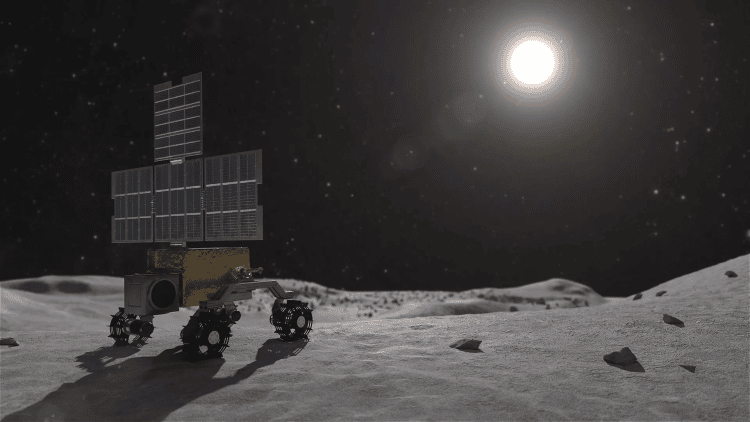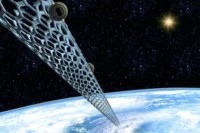Scientists are currently particularly interested in permanently obscured impact craters near the South Pole because their unspoiled interiors may harbor evidence that could reveal the solar system’s past. But the sun’s rays can never reach the interior of these craters, and any rovers exploring them must rely on their onboard batteries, which have limited power.
In order to provide a stable source of power, Stearns Aerospace plans to land a mobile power vehicle on the surface of the moon by 2025. The vehicle can emit energy to the crater to charge the robot probe.
This “Mobile Power Vehicle No. 1″ weighs about 30 kilograms, and will carry the “Nova-C” lander of the US “Intuitive Machines” company to reach the surface of the moon. The lunar rover will place a “charging cube” in the crater, then stop at the edge of the crater, and deploy the solar panels to align with the sun. Connect wirelessly there and get the power they need.
The company said that wireless charging technology will work well in the vacuum of space, and to improve the reliability of the technology, they will use components developed for Mars rovers, geostationary satellites and deep space probes.




GIPHY App Key not set. Please check settings